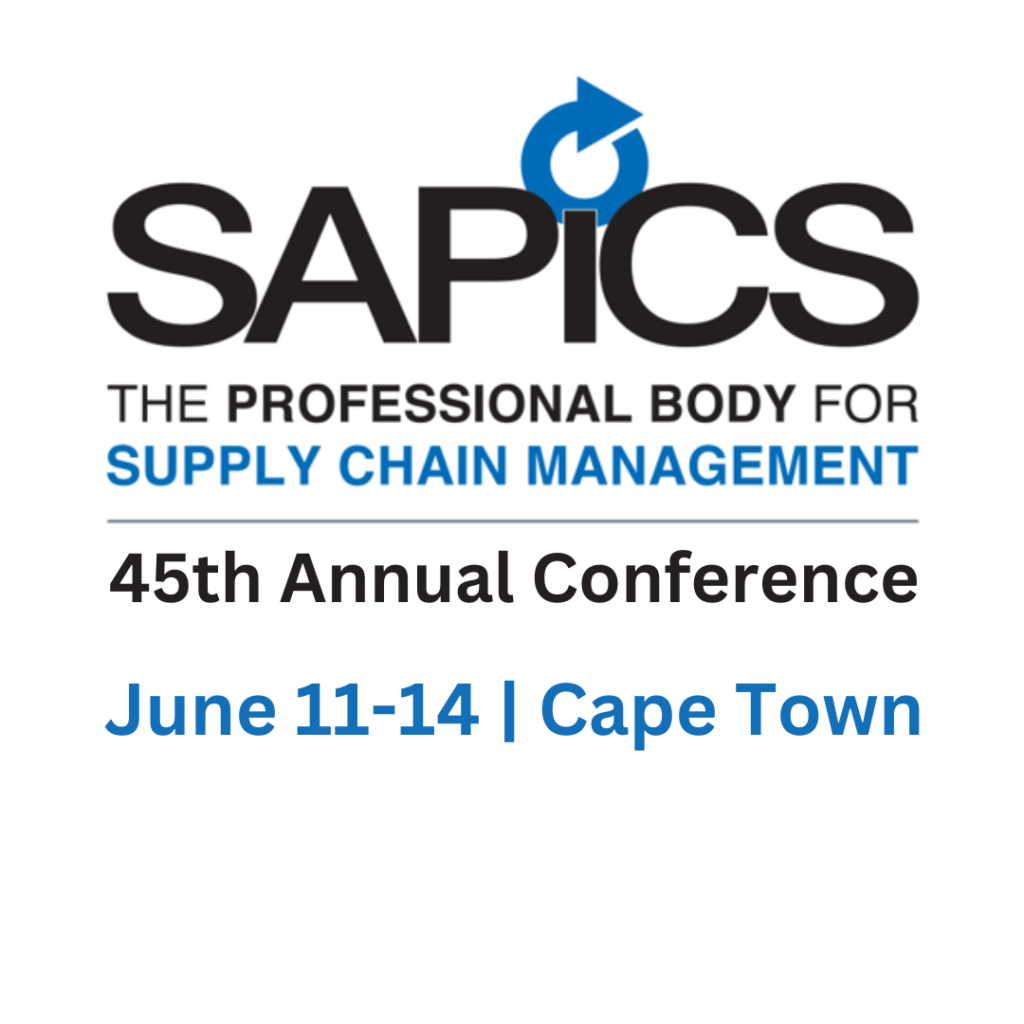Events
Events
From advocating for policy changes to achieve universal health coverage to highlighting the latest technical innovations, MSH regularly runs public events and webinars featuring global health experts from around the world. On this page, you can check for upcoming events or watch recordings of and download resources from our recent events.
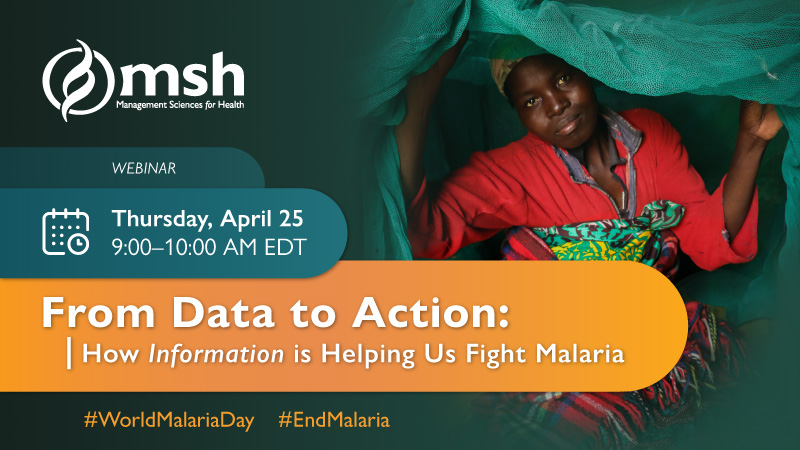
Join us on World Malaria Day for an interactive webinar to explore the dynamic role data plays in malaria prevention and treatment. Our panelists will discuss the progress we’re seeing, interventions that offer hope, and what data can teach us about defeating malaria once and for all.
Thursday, April 25, 9:00–10:00 EST | 15:00–16:00 CET
Upcoming Events:
No upcoming events.Past Events:
From Data to Action: How Information Is Helping Us Fight Malaria
Thursday, April 25 | 9:00–10:00 AM ET In recognition of World Malaria Day 2024, MSH is convening an interactive panel of global experts to explore…
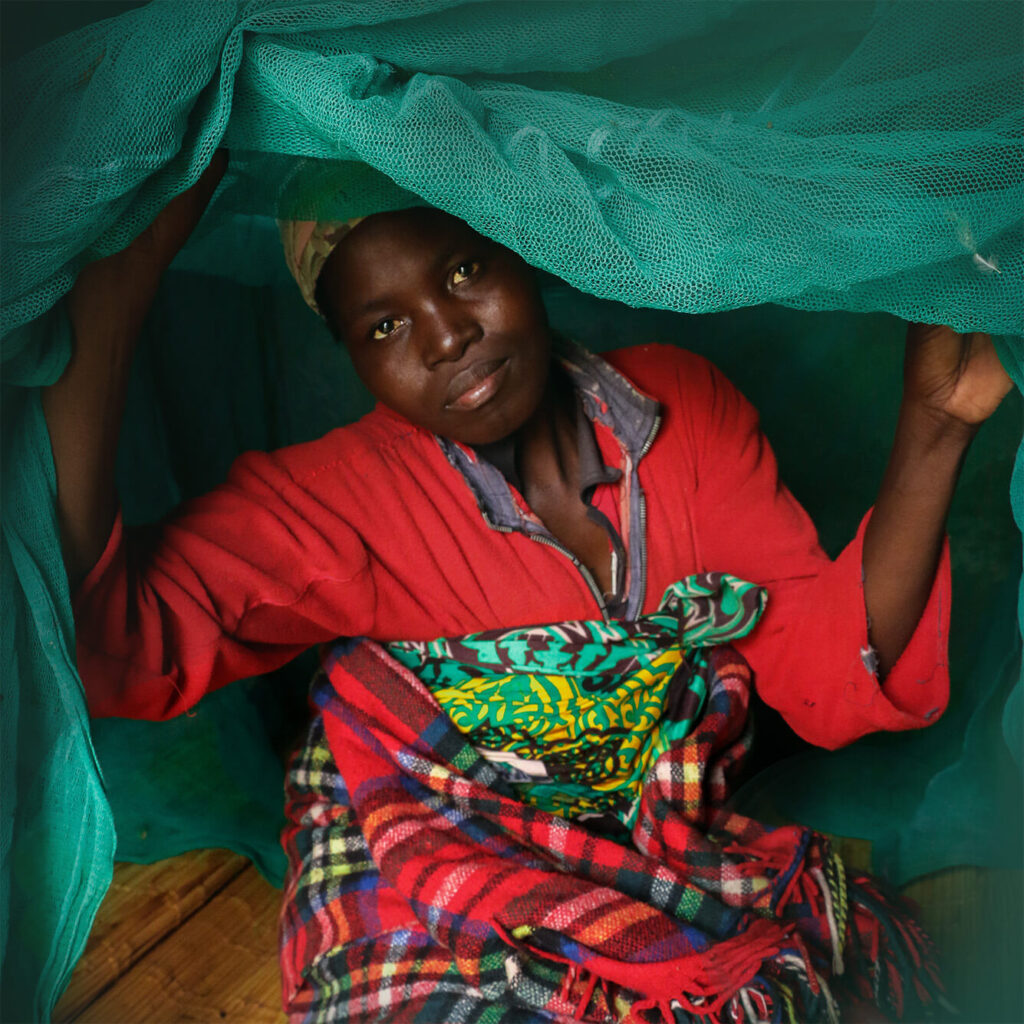
MSH at the People that Deliver Global Indaba 2024
MSH project teams and supply chain leaders attended the People that Deliver Global (PtD) Indaba conference March 6–8 in Bangkok, Thailand. Our delegation presented on…
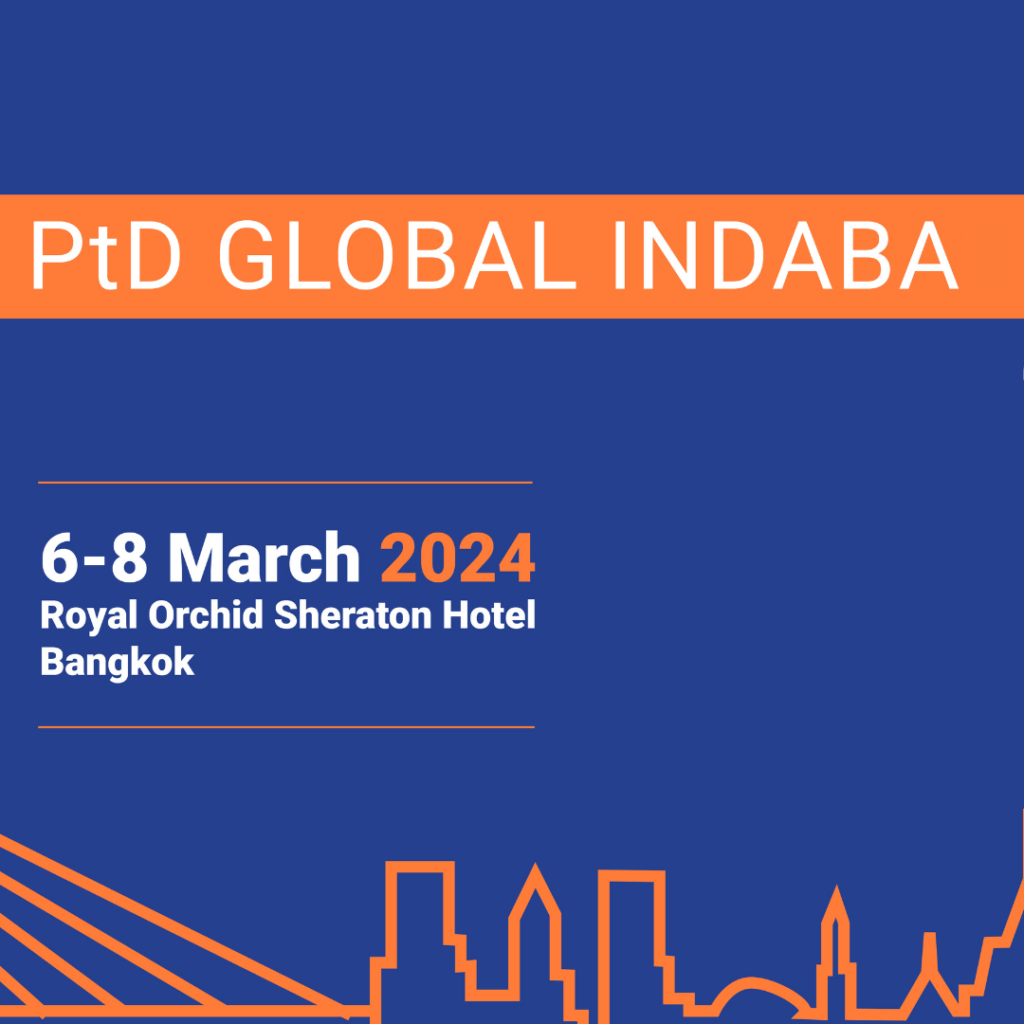
From Data to Action: Shaping People-Centered Health Systems – Learning from the People’s Voice Survey on Health System Performance
Watch the recording Read the recap On February 29, 2024, MSH hosted an engaging discussion, From Data to Action: Shaping People-Centered Health Systems – Learning…

Healthy Planet, Healthy People: Navigating the Intersection of Climate Change and Universal Health Coverage
In recognition of Universal Health Coverage Day, Management Sciences for Health and the Internews Earth Journalism Network convened a group of practitioners and advocates to…
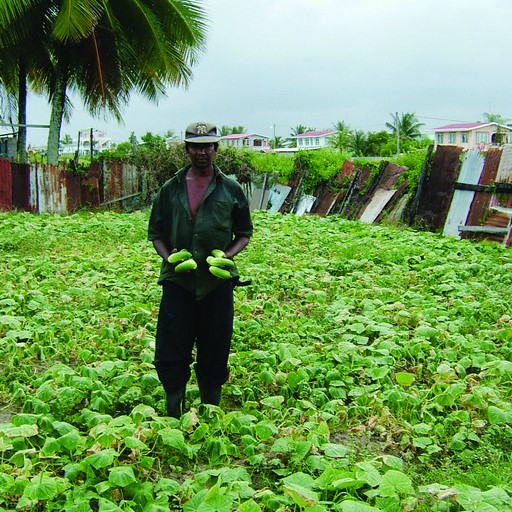
Join MSH at The Union World Conference on Lung Health 2023
The Union World Conference on Lung Health 2023 took place in-person this year from November 15-18 in Paris. Centered on the theme, “Transforming Evidence into Practice,”…
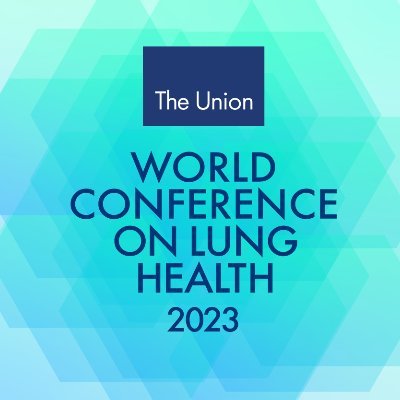
Join MSH at the American Society of Tropical Medicine & Hygiene (ASTMH) Annual Meeting 2023
For over three decades, MSH has been supporting governments, donors, and international and local stakeholders in over 40 countries fight malaria by scaling-up proven interventions…

Time to Adapt: Accelerating Climate Adaptation for Health Equity—Catalyzing Solutions for Community Action
To spotlight the health challenges posed by climate change and advance the conversation on the financing required to support climate adaptation to achieve health equity,…
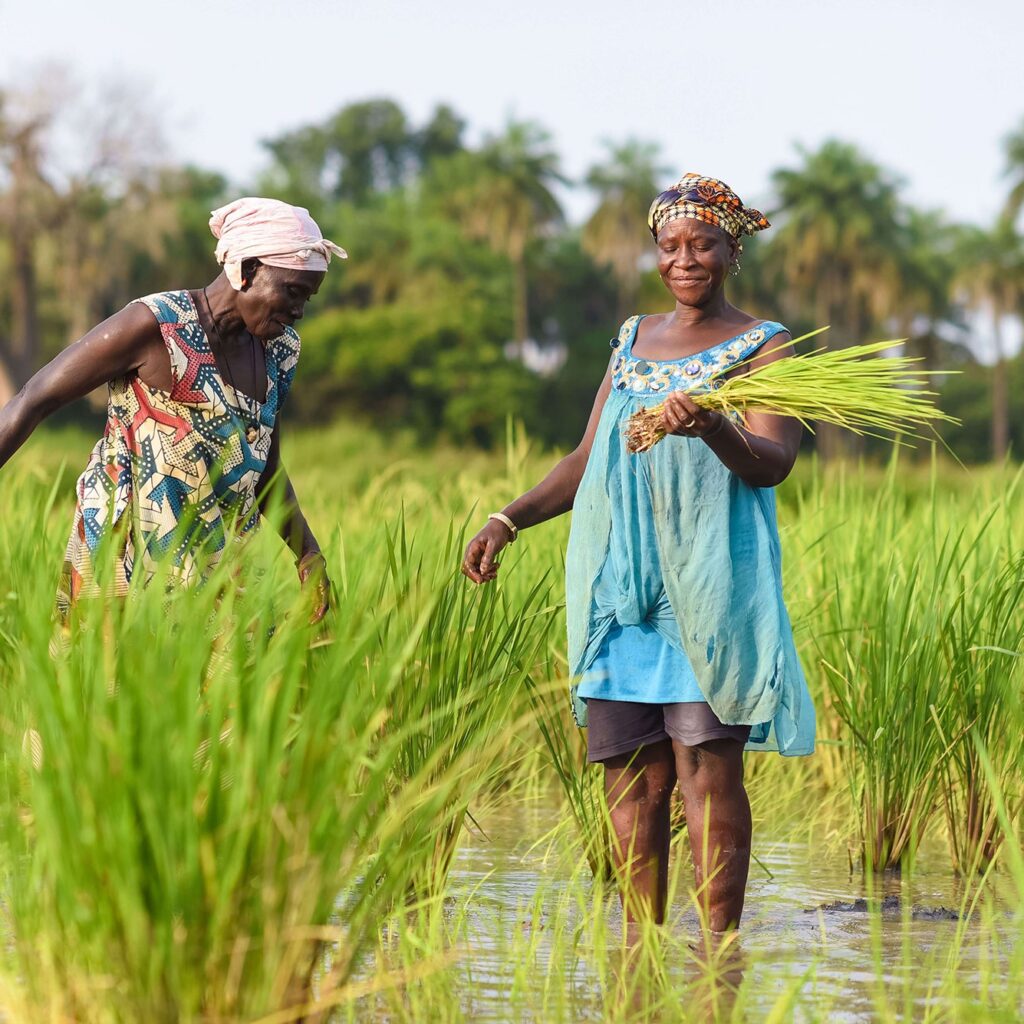
Shaping the Future of UHC: Perspectives from Health Workers and Communities
As policymakers and diplomats convene at this year’s United Nations High-Level Meeting on Universal Health Coverage, Management Sciences for Health and its partners hosted an…
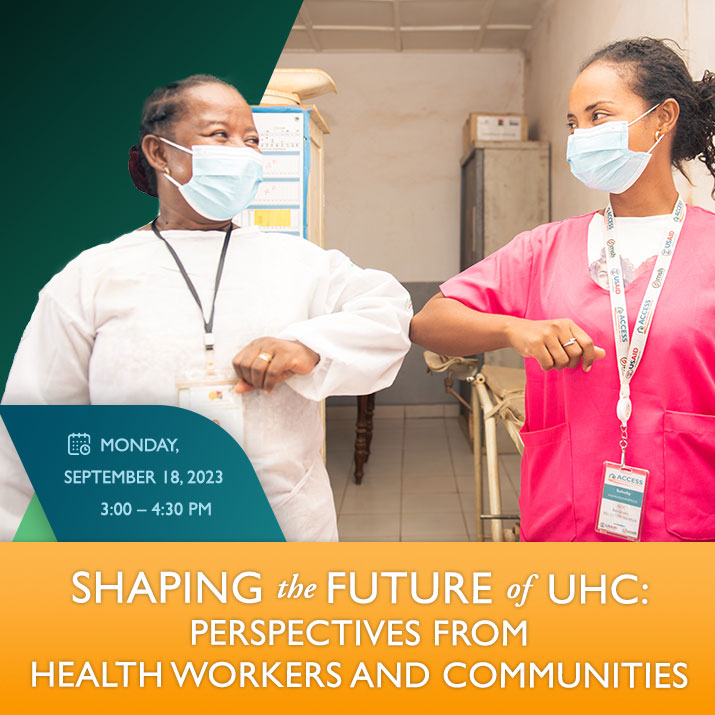
The Road to Resilient Public Health Systems: A People-Centered Approach to Strengthening Emergency Preparedness and Response
Management Sciences for Health (MSH) convened a webinar to highlight the outcomes from the Leading and Managing for Results in Pandemics (LMRP) program, a team-based,…
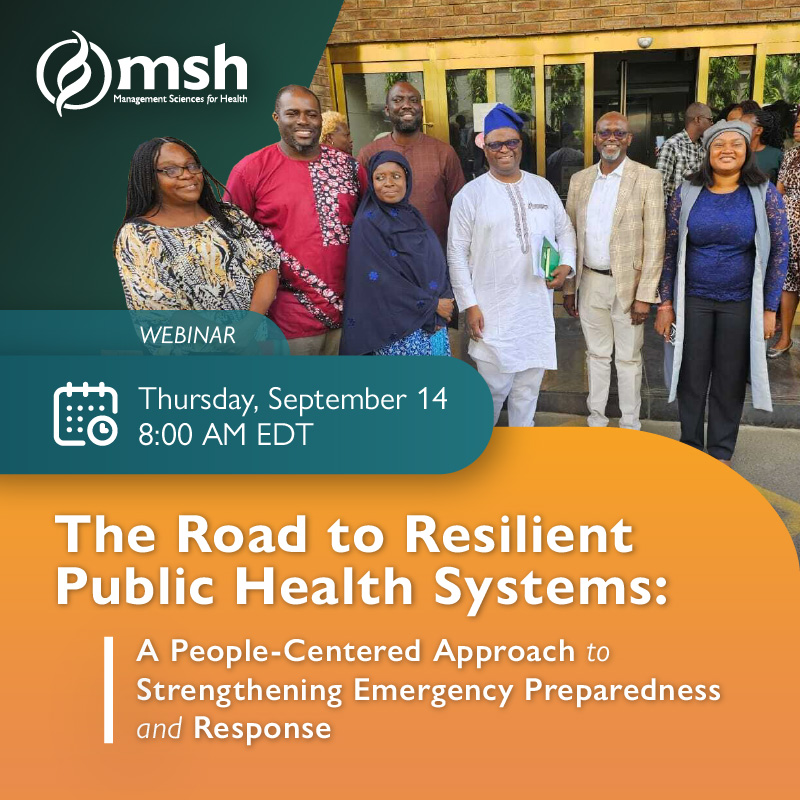
Join MSH at the International Conference on Primary Health Care
Join MSH at the International Conference on Primary Health Care (ICPHC), September 5–7, 2023, in Addis Ababa, Ethiopia, organized by the International Institute for Primary…
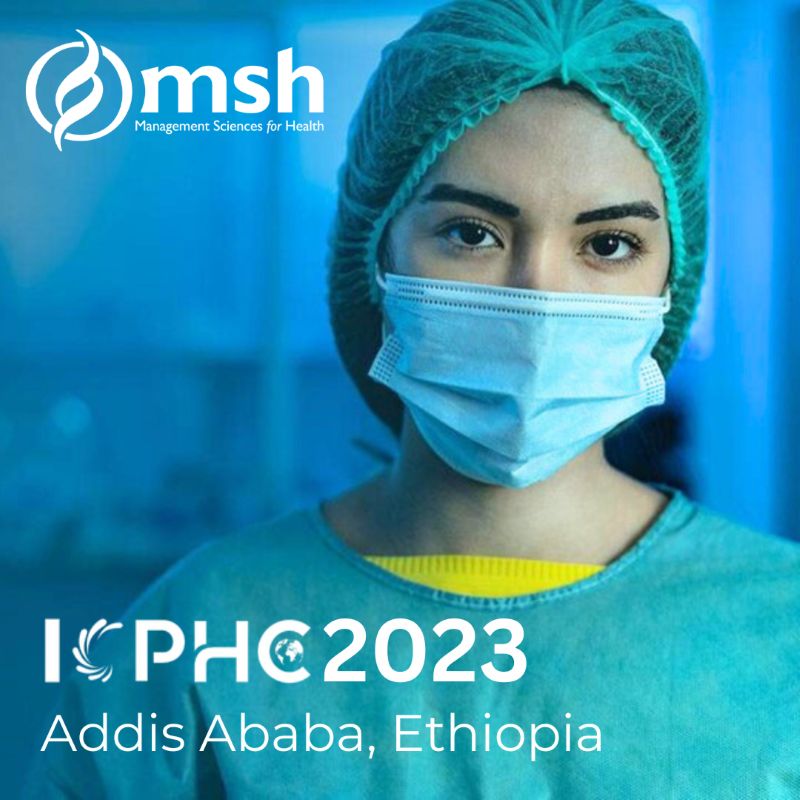
Join MSH at Women Deliver 2023
More than 6,000 representatives from grassroots advocacy organizations, governments, civil society organizations, the private sector, youth organizations, and others are headed to Kigali, Rwanda, for…
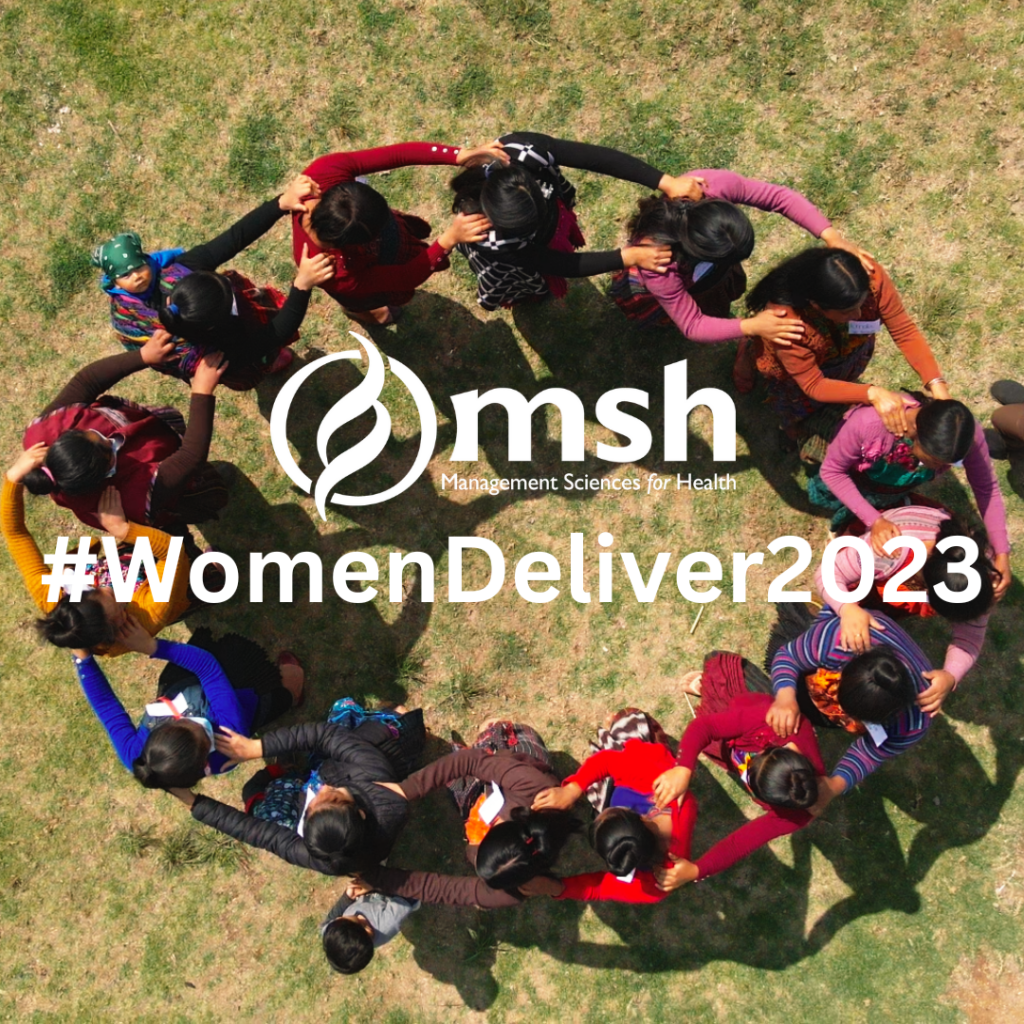
Join MSH at the 45th SAPICS Conference 2023
For 45 years, supply chain professionals worldwide have gathered in South Africa at the SAPICS Annual Conference to exchange ideas, experiences, and expertise in all…
